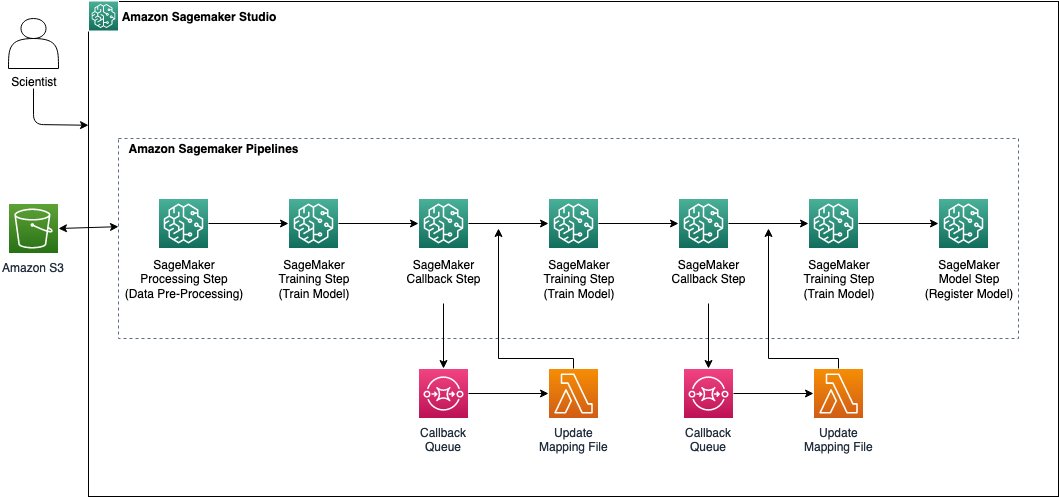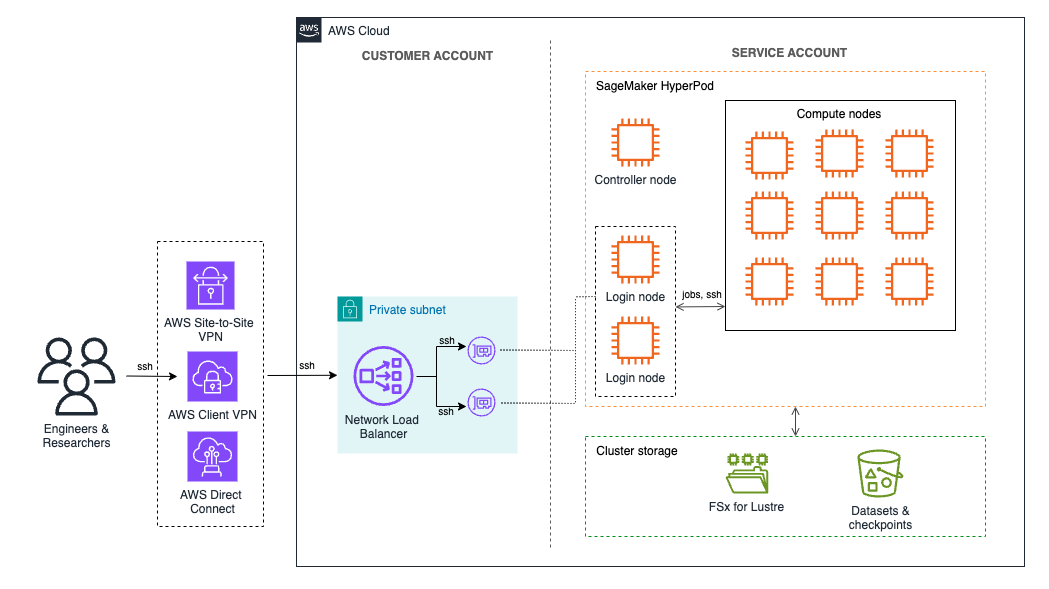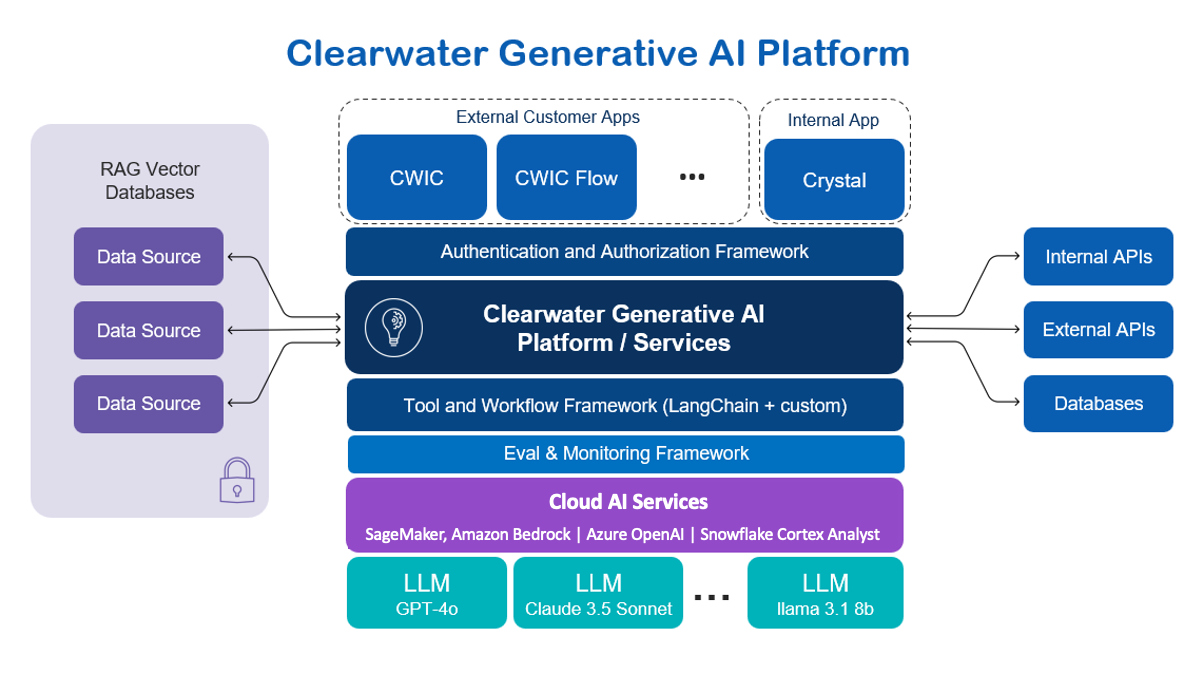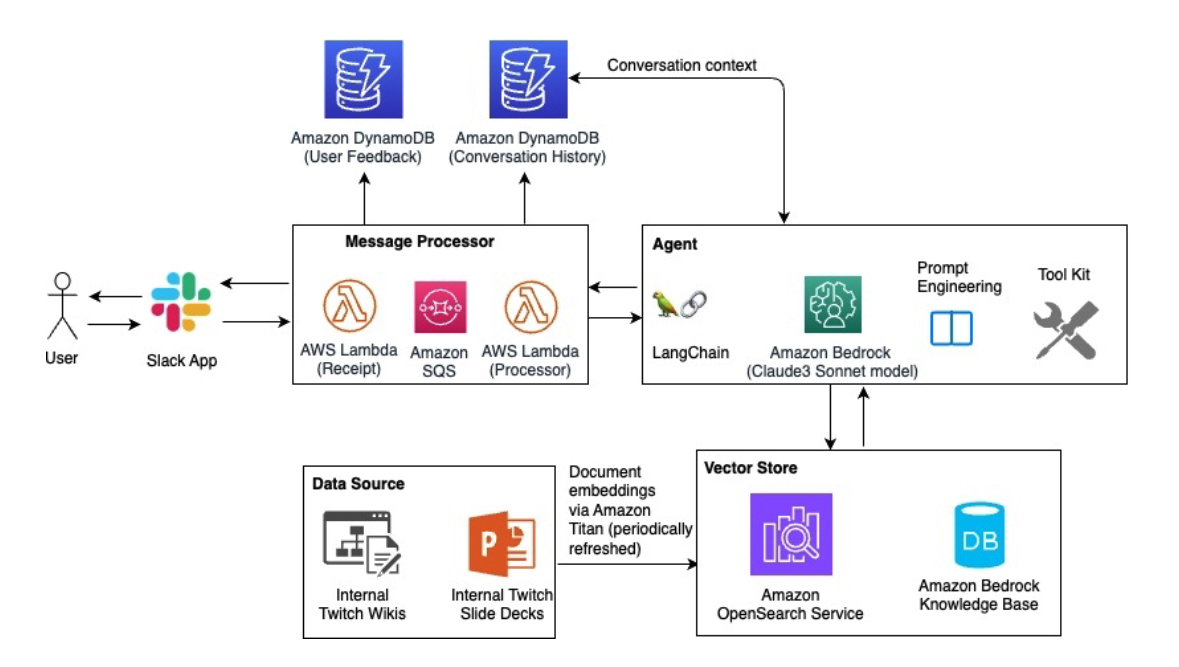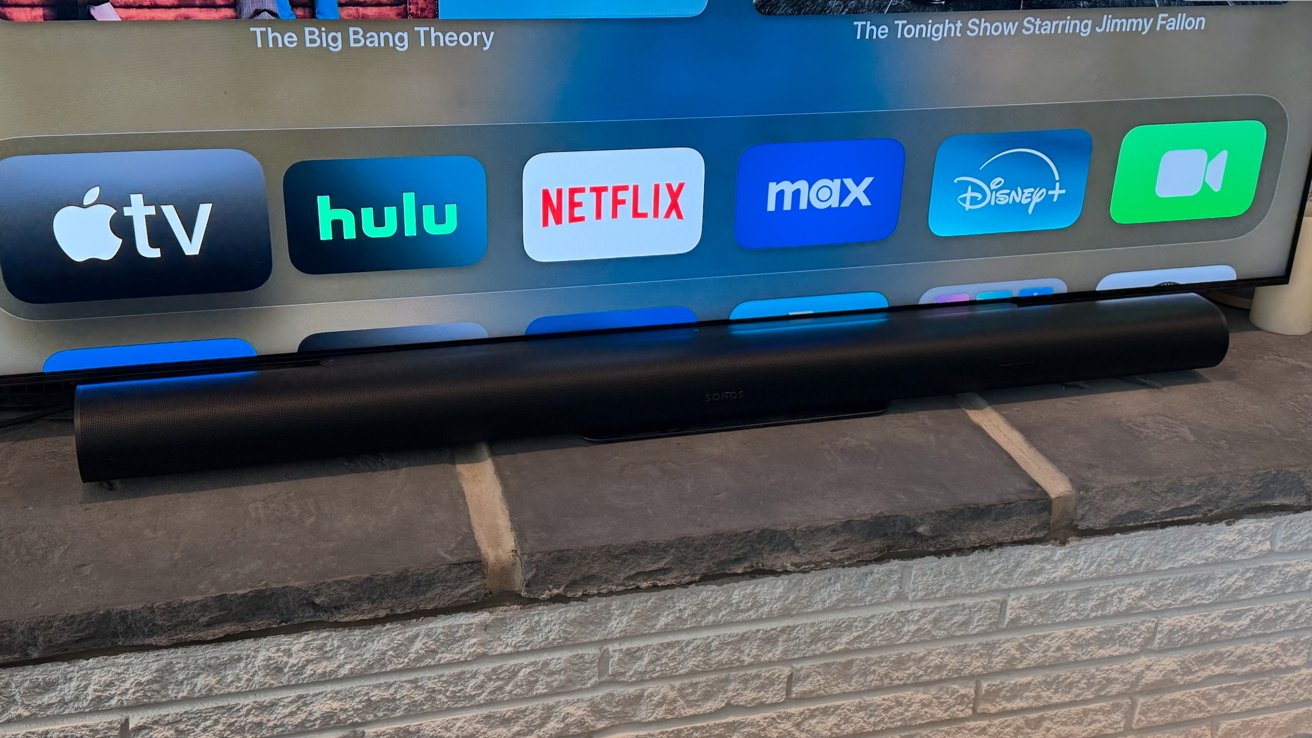The Xbox Series X was the perfect opportunity for Microsoft to run far away from its tumultuous Xbox One years and towards an era of genuine 4K gaming, ray tracing and Game Pass abundance. But it was not meant to be. The PlayStation 5 has outsold Microsoft’s new consoles by two to one, according to a VGChartz sales comparison, a replay of the battle between the PS4 and Xbox One. Now, Microsoft simply seems to be running down the clock of this console generation.
When I initially reviewed the Xbox Series X, I found it to be a powerful console that surpassed the PlayStation 5 in some ways. But it was clear that Microsoft had a major problem at launch: Games. Four years later, not much has changed, despite spending nearly $69 billion acquiring Activision Blizzard. While Sony and Nintendo consistently delivered exclusive system-selling games — even on the aging Switch! — Microsoft has stumbled.
It’s no wonder Microsoft wants to call so many other devices Xboxes. If you look too hard at its flagship console, you can’t help but be disappointed.
Should you buy an Xbox Series X?
Normally, I’d tackle the question of buying a device towards the end of a review, but this is a re-review so it’s worth asking up front: Who is the Xbox Series X for? It’s been around for four years, and, aside from the $450 version without a disc drive, there haven’t been any major hardware changes. Beyond the Xbox faithful, I’d wager most gamers would be better off putting $500 towards anything else.
For anyone dipping their toes into modern console gaming for the first time — a parent grabbing something for their kid, or a former gamer trying to reclaim their hobby — it makes more sense to go for a PlayStation 5 instead of the Xbox Series X. Sony’s console has a wider array of noteworthy exclusives, more innovative haptics with its DualSense controller and its digital edition is typically cheaper than the disc-less Series X.
Of course, if you’re a Halo fan the Xbox Series X is pretty much your only choice for a premium console (though the $300 Series S is a solid option for secondary TVs, especially when it’s on sale). Microsoft also released a special $600 2TB “Galaxy Black” model this year, but I’m still half-convinced that’s some sort of sick Tim Robinson-esque joke. It has to be when the more powerful and desirable PlayStation 5 Pro is only $100 more, right?
Hardware: The pinnacle of 2020
The Xbox Series X is still powered by an 8-core AMD Zen 2 CPU and an RDNA 2 GPU, similar to what’s inside the PlayStation 5. It also has 16GB of GDDR6 RAM, 10GB of which runs at a higher bandwidth than the PS5’s memory. The Series X’s larger GPU gave it a slight edge over Sony’s console early on, but in practice that didn’t amount to much. Occasionally some third-party titles would run a bit more smoothly on the Xbox, but both consoles still had trouble balancing the demands of visual fidelity and performance.
Instead of being the generation of no-compromise consoles, the Xbox Series X and PS5 frequently forced gamers to choose between playing games with ray tracing and graphical upgrades at 30fps, or forgoing them to reach a smooth PC-like 60fps. That’s the main reason Sony threw a more powerful GPU into the PlayStation 5 Pro — the standard PS5 hardware just couldn’t cut it.
The Xbox sales slump made it clear why Microsoft didn’t try to compete with its own mid-cycle refresh, but it’s still sad to see the company shy away from any sort of innovation, like the leaked hardware that never arrived. The redesigned 2TB all-digital “Brooklin” Series X would have been a useful replacement for the base model. It also would have included a revamped controller, codenamed “Sebile,” with improved haptics (likely similar to Sony’s DualSense) and a direct cloud connection for playing streamed games. Microsoft even floated the idea of bringing 1TB of storage to the $300 Series S.
Instead of those functional upgrades, though, we got a slightly cheaper all-digital $450 Series X, that overpriced 2TB model nobody will buy and a $350 1TB version of the Series S. Those prices are all at least $50 too high if Microsoft genuinely wanted to move consoles. I’d argue the company would benefit from going even cheaper to undercut Sony, but that would also dig into the company’s already slim profit margin. I’m sure Microsoft isn’t eager to lose more money on Xbox.
In use: A good enough console
Even with its aging hardware, the Xbox Series X can still make modern games look great. Indiana Jones and the Great Circle, for example, looks solid on the Series X, with smooth 60fps gameplay and ray tracing features. While it’s running at around 1800p instead of 4K, it’s still pretty sharp on both my 4K OLED and 4K Formovie ultra short throw projector. Sure, the game performs noticeably better on my RTX 4090-powered PC, but I can’t easily play that in my home theater. (According to Digital Foundry, even the Xbox Series S can run The Great Circle at 60fps, albeit at just 1080p with variable-rate shading.)
It’s still disappointing that Microsoft stuck with its classic Xbox controller design for the Series X, though. When I reviewed the PlayStation 5, its DualSense haptics felt transformative. It made playing Astro Bot or Returnal feel unlike any console gaming experience I had before. Controller-wise, playing anything on the Xbox Series X doesn’t feel much different from the Xbox One or even the Xbox 360.
Microsoft poured all of its innovation experience into delivering a slightly faster machine than the PS5, but it turns out that didn’t matter much in the long run. In addition to having more noteworthy games, Sony’s console feels like a genuine upgrade from the PlayStation 4. The PlayStation VR 2, flawed as it was, also demonstrated that Sony wasn’t afraid to take some risks this generation.
Where are the exclusive games?
After striking out with middling exclusives like Redfall and Starfield, the new Indiana Jones game is a rare feather in Microsoft’s dusty fedora. But even that advantage will disappear eventually — the company already plans to bring it to the PlayStation 5 next spring, alongside other former Xbox exclusives like Hi-Fi Rush and Sea of Thieves.
Given the sheer amount of development talent at Microsoft from its many acquisitions (and despite an obscene number of layoffs), the company has now become one of the most important publishers in the gaming world. But owning a popular multi-platform series like Call of Duty hasn’t translated directly into Xbox sales.
Beyond exclusives, Microsoft’s Game Pass subscription is the strongest argument for owning an Xbox. But even that has gone through its own form of enshittification this year. The company increased the monthly price of the “Ultimate” plan to $20, which includes day-one access to new titles and a large library of games for Xbox and PC. The new $15 a month “Standard” plan doesn’t get day-one access, but does include a library of hundreds of games, while the $10 a month “Core” option offers a limited library of 25 titles alongside multiplayer support.
The Game Pass Ultimate plan also feels less, well, ultimate these days thanks to opportunistic early-access pricing for new titles. For example, subscribers could have paid an additional $35 for the “Digital Premium” edition of Indiana Jones and the Great Circle to play it three days early. That timing included the weekend before the game’s December 9 launch, so I’m sure many impatient Game Pass subscribers upgraded just to clock some uninterrupted playtime. It feels like a backhanded way for Microsoft to treat its most loyal players, despite not being overtly evil.
Sony’s competing PlayStation Plus subscription isn’t as robust as Game Pass (there aren’t any launch day titles), but it still offers a large array of older games and cloud streaming support. While I wasn’t a huge fan of the PlayStation Portal handheld initially, it’s certainly a compelling accessory for PS Plus customers now that it can access cloud titles.
Oddly enough, Microsoft hasn’t promoted Game Pass cloud streaming much over the past few years. It recently started testing the ability to stream a handful of games that you own, outside of the Game Pass library, yet that’s also a feature that should have been implemented years ago. The cringey “This is an Xbox” marketing campaign is a rare attempt at making mainstream players aware of Xbox cloud streaming, but even that feels like it’s coming way too late.
Where does Microsoft go next?
It’s not as if Microsoft has an empty gaming plate ahead. The company showed off a bit of its Perfect Dark and Fable reboots this summer, alongside a tease of a new Gears of War. We just saw a trailer for The Outer Worlds 2 at The Game Awards, the Dishonored fan in me is hyped for Arkane Lyon’s Blade, and I’m eager to learn more about Hideo Kojima’s OD. But all of those games will likely be available on Windows PCs, and many will also head to other consoles.
There’s no doubt 2025 is going to be a busy year for Xbox — it’s just a shame that it likely won’t help Microsoft catch up to the PS5’s sales lead. But who cares, right? Everything can be an Xbox if you believe hard enough (or have a browser to access Game Pass cloud streaming).
Back in February, when Microsoft confirmed it would be bringing Xbox titles to other consoles, Engadget Executive Editor Aaron Souppouris argued that the company should exit the console business entirely. While that makes a certain amount of sense for Microsoft, a software company that has often struggled with hardware outside of the Xbox 360 (and even that had its issues), I’m not convinced the company needs to go that far.
For one, it would leave Sony and Nintendo as the only remaining console makers. Sony would also effectively have a monopoly on powerful console hardware and graphically intense games, at least based on what we’re hearing about the Switch 2. Less competition potentially also means less innovation down the line — Sony could easily coast if it was the only powerful console maker around.
Much like it did with the original Xbox, Microsoft could potentially cut its losses and try to jump-start the next console generation earlier than Sony. If Microsoft could produce hardware that’s more powerful than a PS5 Pro and deliver it at a relatively affordable price, it has a chance at peeling away Sony loyalists. That’s particularly true if it can ensure desirable exclusives are actually available for launch.
Microsoft should also work towards making its recent Xbox marketing campaign more of a reality, instead of placing its bets mostly on expensive consoles. Make cloud streaming faster, sharper and easier to access. Make people aware that they can game on their phones, tablets and just about any computer. Revive the streaming dongle accessory and make it cheap so you can turn any TV into an Xbox, and also keep working on bringing Game Pass apps to all TVs.
Hell, produce that genuine Xbox portable system and make sure Windows is better optimized for third-party portables. You should be able to spin up your Xbox games from practically wherever you’re sitting, no matter the device in front of you. (And while I’m on this soap box, why not let people turn the Xbox Series X and S into Windows PCs? These systems are all basically PCs already, and they would make lovely mini desktops or servers down the line.)
The console wars of the future won’t be fought like those of the past. Microsoft should plan accordingly.
Wrap-up
If you already have an Xbox Series X, or find one obscenely cheap somewhere, it’s still a solid way to play Microsoft’s titles, popular third-party games and everything Microsoft has available on Game Pass. But if you had to choose between buying the Series X or PlayStation 5, it’s hard to deny that Sony’s console is a smarter purchase.
Perhaps the next console generation could be an Xbox 360-esque revival for Microsoft, but the company needs to look closely at what Sony and Nintendo are doing right. And really, it just comes down to having more games people want to play. Now that it’s flush with so many notable developers, Microsoft may finally be able to solve that problem. There’s no doubt that staying in the console business would be risky and expensive, but if there’s one company that can justify sticking around, it’s the one printing money from the cloud.
This article originally appeared on Engadget at https://www.engadget.com/gaming/xbox/xbox-series-x-review-2024-unfulfilled-potential-203025192.html?src=rss
Go Here to Read this Fast! Xbox Series X review (2024): Unfulfilled potential
Originally appeared here:
Xbox Series X review (2024): Unfulfilled potential


